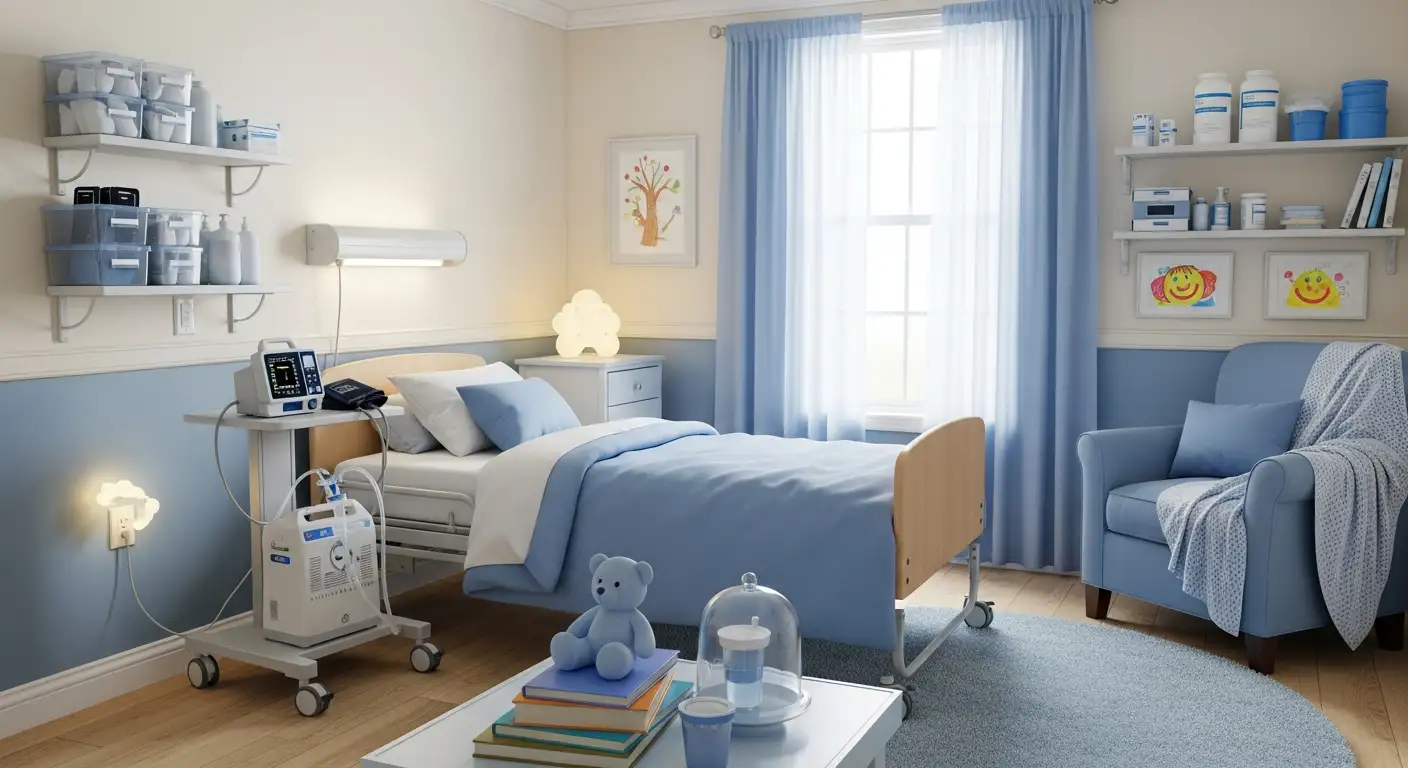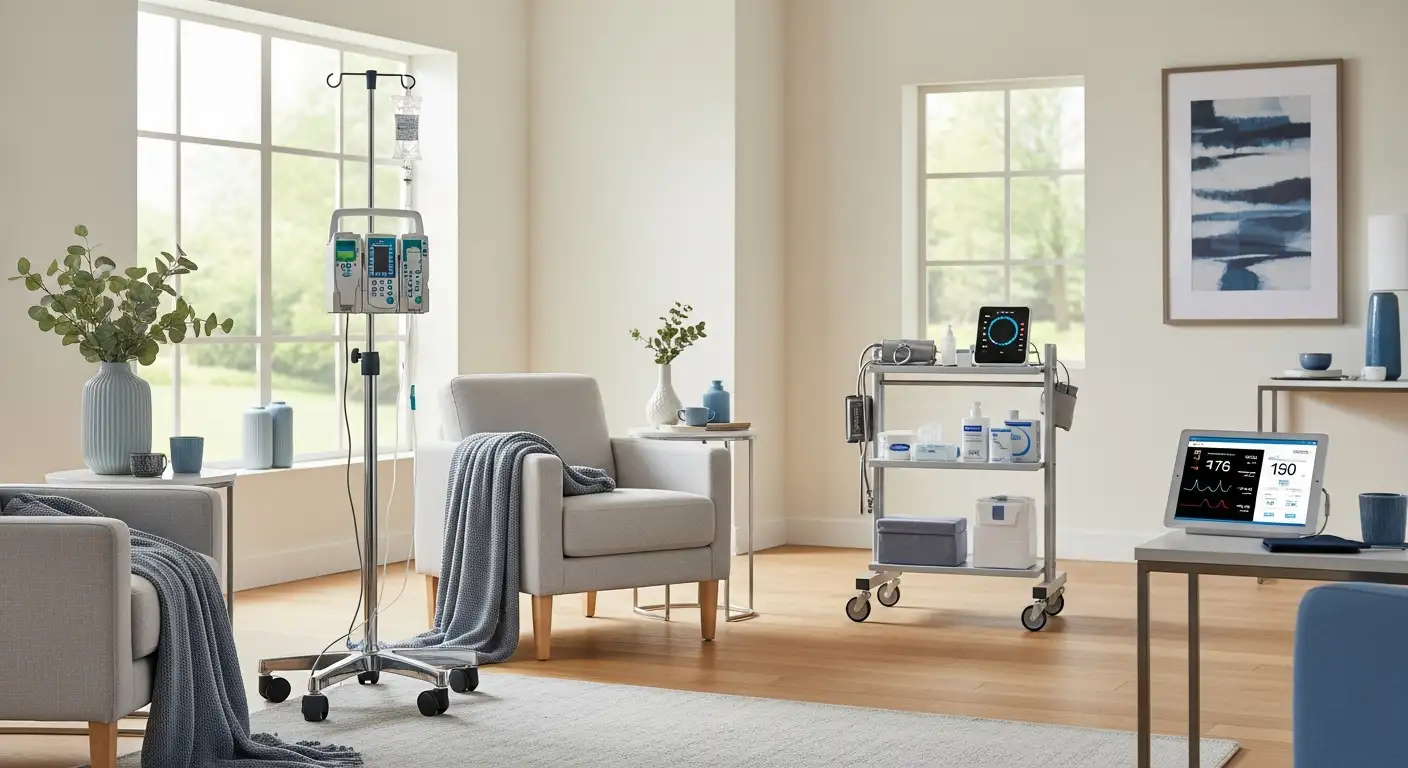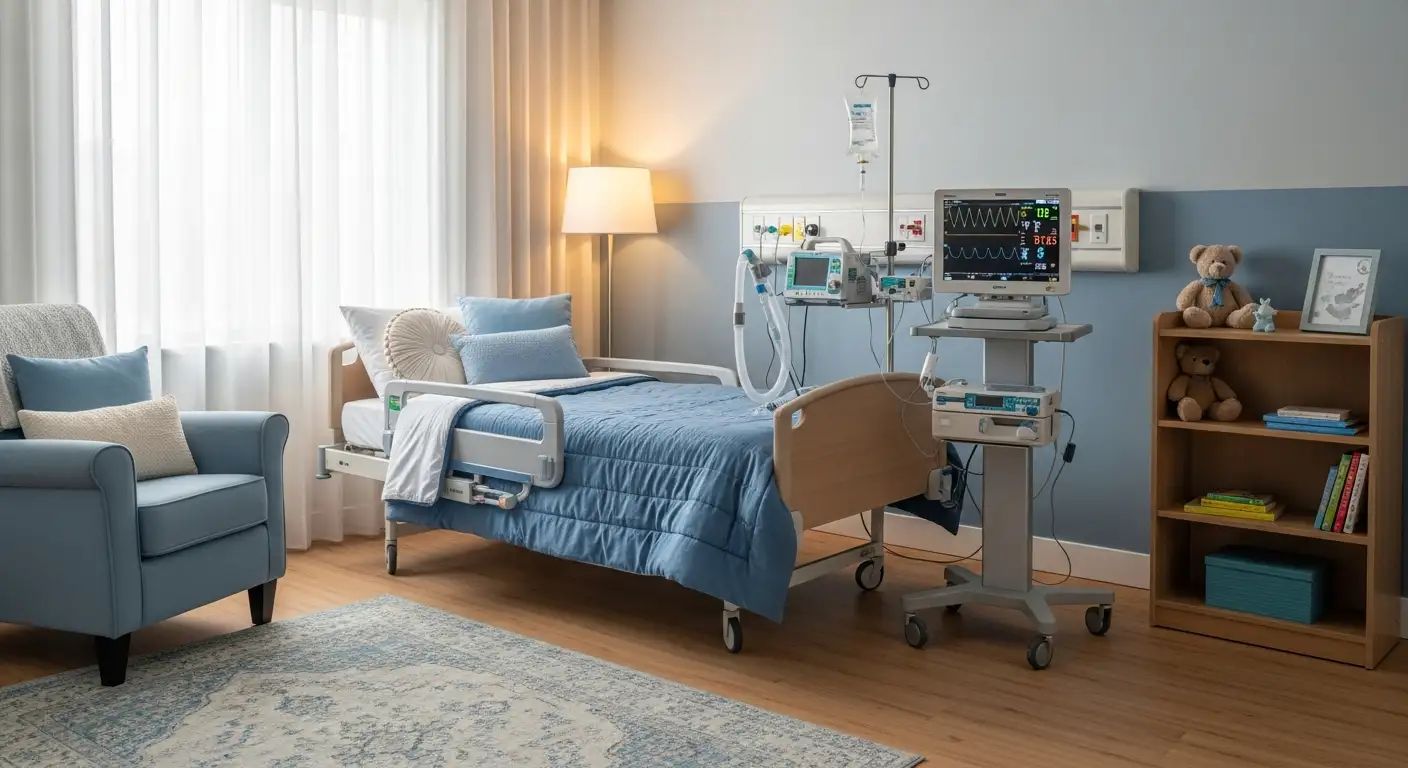Understanding the Power of Home-Based Post-Surgical Support
Recovering from surgery is a critical phase in an adolescent's health journey. While hospitals provide essential acute care, the benefits of transitioning to home care are profound. It offers comfort, personalized attention, and continuity of care that can significantly influence recovery outcomes. This article explores how home care services support adolescents recovering from surgery, enhancing physical healing, emotional well-being, and overall quality of life.
Faster Recovery through Comfort and Familiarity
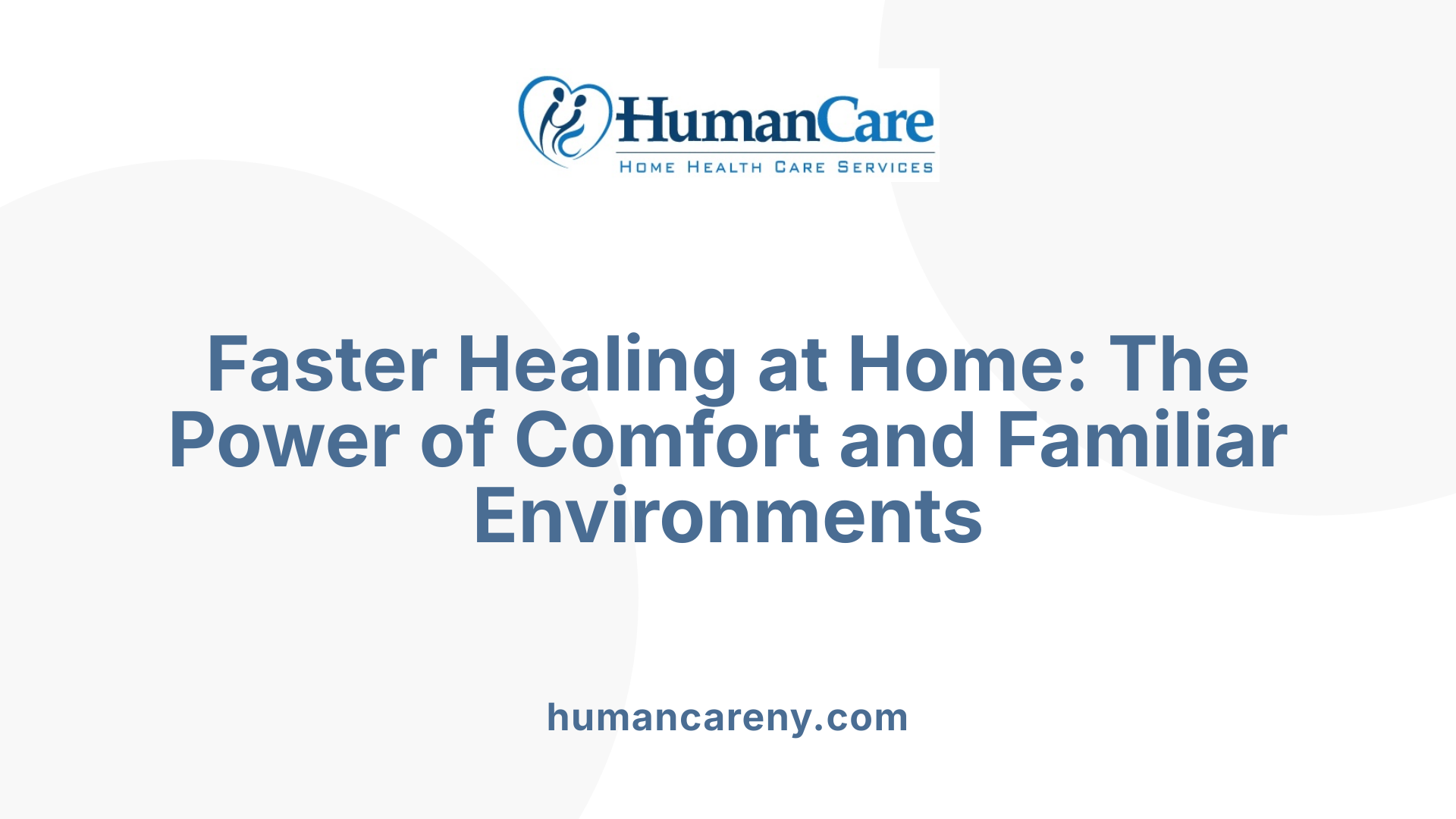 Children tend to recover more swiftly when they are in environments they know and feel comfortable in, such as their own homes. Being in a familiar setting helps reduce stress, which is beneficial for healing. Sleep quality often improves at home because children sleep better in their own beds, with their familiar bedding and routines. Good sleep is vital for tissue repair and immune function, thereby positively impacting recovery time.
Children tend to recover more swiftly when they are in environments they know and feel comfortable in, such as their own homes. Being in a familiar setting helps reduce stress, which is beneficial for healing. Sleep quality often improves at home because children sleep better in their own beds, with their familiar bedding and routines. Good sleep is vital for tissue repair and immune function, thereby positively impacting recovery time.
Home care settings also help lower the risk of infections compared to hospitals. Hospitals, while sterile, have higher chances of cross-contamination due to multiple patients and visitors. In contrast, the home environment minimizes exposure to pathogens, fostering a safer space for healing.
For adolescents recovering from surgery, these benefits are particularly significant. Personalized home care services, such as wound management, medication supervision, and physical therapy, are tailored to each child's needs. This specialized attention not only supports physical health but also helps reduce anxiety, offering a sense of security and control over their recovery process.
Overall, recovering at home combines the comfort of a familiar environment with expert care, creating optimal conditions for healing and reducing complications.
Supporting Physical and Emotional Health
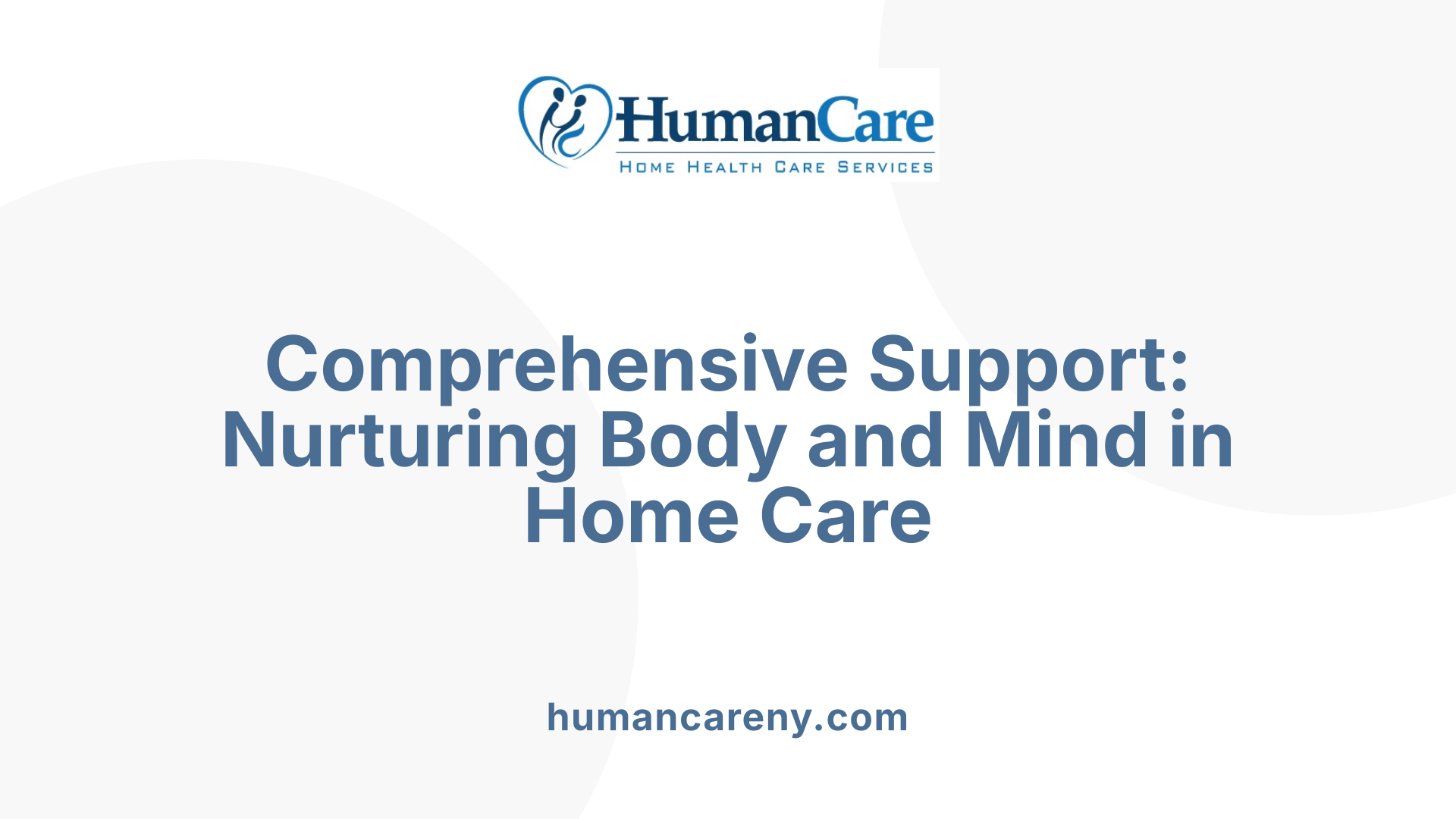
How does home health care support post-surgical recovery in adolescents?
Home health care plays a vital role in helping adolescents recover fully after surgery. It offers tailored medical and rehabilitative support right in their familiar home environment. This includes wound care, pain management, and therapy to regain mobility and strength. Home care professionals assess the safety of the home setting and suggest adjustments to prevent accidents and promote healing.
Helping teens perform daily activities, such as dressing and eating, is crucial for independence. Professionals also monitor for signs of complications, teach families how to care for incisions, and manage medications properly, reducing the chance of readmission.
Beyond physical support, home health care addresses emotional needs. It provides reassurance and reduces anxiety related to recovery. Caregivers often include mental health strategies, such as relaxation techniques and supportive communication, which help teens cope with stress. Encouraging social connections—whether through friends, family, or online—also contributes to better mental health during recovery.
In summary, home health care creates a comprehensive support system. It ensures safety, promotes healing, builds confidence, and nurtures emotional resilience, all of which are essential for a successful post-surgical recovery in adolescents.
Encouraging Healthy Lifestyle and Independence
 Home care is instrumental in supporting adolescents as they transition back to a healthy, active lifestyle after surgery. It encompasses personalized physical and occupational therapy sessions that focus on rebuilding strength, improving mobility, and promoting independence. These therapies are tailored to suit each adolescent’s specific needs, helping them regain their daily functions confidently.
Home care is instrumental in supporting adolescents as they transition back to a healthy, active lifestyle after surgery. It encompasses personalized physical and occupational therapy sessions that focus on rebuilding strength, improving mobility, and promoting independence. These therapies are tailored to suit each adolescent’s specific needs, helping them regain their daily functions confidently.
Education is a vital component of home care, particularly regarding nutrition and physical activity. Nurses and care providers teach adolescents and their families how to maintain balanced diets that support healing, encourage safe activity levels, and prevent complications. This guidance ensures young patients adhere to medical advice while feeling empowered to take charge of their health.
Promoting independence during recovery is a central goal of home care. Involving adolescents in planning their schedules and caregiving routines fosters a sense of mastery and control over their recovery process. Personalized care plans enable them to continue engaging in activities they enjoy, which enhances emotional well-being and accelerates physical healing.
A comprehensive approach combining targeted therapies, health education, and support for autonomy helps adolescents develop healthy habits that benefit them long-term. This holistic strategy not only speeds recovery but also encourages a resilient, self-reliant attitude that supports healthier lifestyles beyond the immediate post-surgical period.
Cost-Effectiveness and Accessibility of Home Care
Is insurance coverage available for adolescent home health care after surgery?
Insurance coverage for adolescent home health care following surgery can vary depending on the insurance plan. Medicare Part A may cover some skilled nursing and therapy services for eligible patients who are homebound and need intermittent skilled care. Private insurance policies often include coverage for post-surgical home care services, but details differ among insurers and plans. Medicaid can provide more extensive in-home support for children with complex or chronic health needs, although coverage varies from state to state. It’s important for families to review their specific policies and consult with healthcare providers to ensure that the necessary home health services—such as wound care, therapy, and medication management—are covered.
How does recovering at home reduce financial and emotional stress for families?
Recovering at home helps families cut down costs associated with hospital admissions, including lodging, transportation, and meals. It also minimizes repeated trips to clinics or specialists, saving both time and money. Emotionally, being in a familiar environment offers comfort and stability, which can speed up recovery and improve mental well-being.
Family members can participate more actively in the care process, fostering a sense of control and confidence. This involvement can reduce feelings of helplessness and anxiety that often accompany hospital stays. Additionally, staying at home maintains routines, keeps the adolescent connected with friends and loved ones, and allows for personalized care, all of which contribute to a supportive healing environment.
Overall, home care transforms recovery into a more affordable, accessible, and emotionally nurturing experience. It promotes faster healing, less stress, and stronger family bonds during a critical time, making it a practical choice for many families.
Preventing Complications and Ensuring Safe Recovery
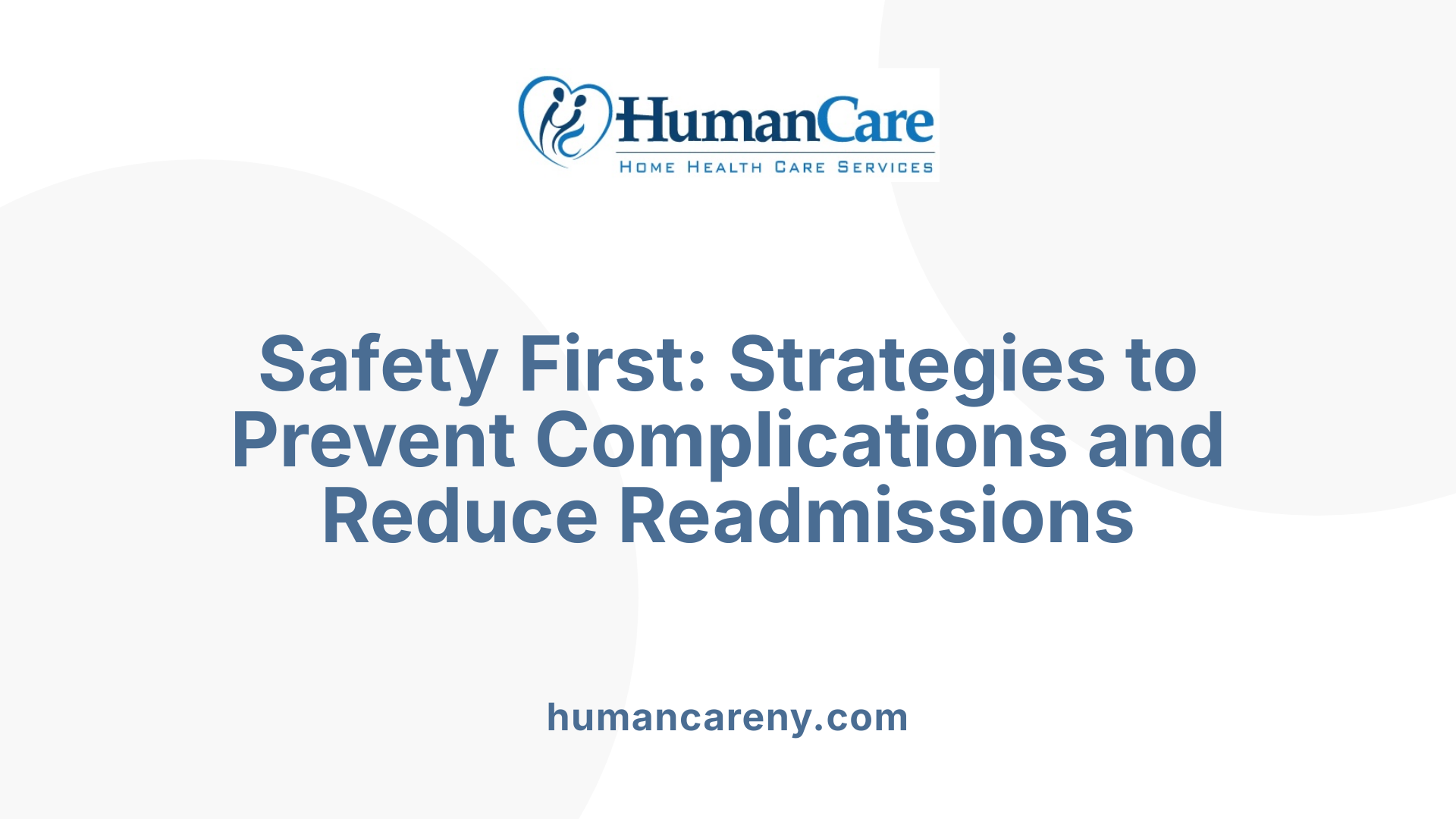
In what ways can home care prevent complications and reduce hospital readmissions for adolescents?
Home care plays a critical role in preventing health issues and avoiding unnecessary hospital readmissions among adolescents recovering from surgery or illness. It achieves this through comprehensive and regular evaluations that monitor the patient’s progress closely.
Personalized medical management, including wound care, medication administration, and specialized therapies like physical or occupational therapy, addresses the unique needs of each adolescent. These targeted interventions help detect early signs of complications such as infections or blood clots, facilitating prompt treatment.
Preventive services, such as routine health screenings, immunizations, and health counseling, tackle both physical and psychosocial factors that could escalate if left unaddressed. Early intervention in these areas helps prevent the development of more severe health problems.
Effective care coordination among home health providers, primary care physicians, and families ensures that treatment plans are consistently followed, reducing care gaps that could lead to setbacks. This continuity of care fosters a healing environment that promotes faster recovery.
Caregivers are also trained in emergency response techniques, medication management, and proper use of medical equipment. This preparation increases safety, empowers families, and ensures immediate action if urgent issues arise.
Furthermore, addressing social determinants of health—like access to nutritious food, stable housing, and social support—via a multilevel ecological approach enhances overall well-being. This holistic perspective supports sustainable recovery and minimizes the risk of complications.
In summary, home care strategies that integrate personalized medical oversight, caregiver education, preventive health services, and social support, can effectively reduce the incidence of postoperative complications and decrease hospital readmission rates for adolescents.
A Holistic Approach to Post-Surgical Recovery in Adolescents
What are the benefits of home care services for adolescents recovering from surgery?
Home care services for adolescents recovering from surgery provide a range of advantages that support both physical healing and emotional health. One of the main benefits is the personalized and family-centered support that adapts to the individual needs of the young patient. These services often include wound care, medication management, physical therapy, and assistance with daily activities, ensuring that recovery is tailored to the specific medical and developmental requirements.
Being cared for at home offers comfort and familiarity, which can speed up recovery, lower the likelihood of hospital readmission, and reduce the risk of complications such as infections. It also allows adolescents to maintain normal routines, including attending school and social activities, which are important for their development and emotional well-being during recovery.
Furthermore, trained healthcare professionals involved in home care foster closer relationships with both patients and families. This dynamic enhances communication, promotes adherence to medical instructions, and provides emotional reassurance, reducing stress and anxiety.
Integrating such services into an adolescent’s recovery process ensures a holistic approach—addressing both their physical health and emotional needs—fostering a smoother transition from hospital to home and supporting their ongoing growth and resilience.
Enhancing Recovery and Well-Being through Home Care
In conclusion, home care for adolescents recovering from surgery offers a wide array of physical, emotional, and logistical benefits. By enabling faster healing in a comforting environment, reducing the risk of complications, and supporting mental health and social connections, home-based recovery plays a critical role in improving overall outcomes. It empowers families, fosters independence, and supports a positive, holistic approach to healing. As healthcare continues to evolve, embracing the advantages of home care will be essential in providing adolescents with the best possible recovery experience, ensuring they emerge healthier, stronger, and more resilient.
References
- Pediatric Home Health Care — What You Need to Know
- Caregiver and Adolescent Perspectives on Giving and Receiving ...
- How to Keep a Child Still at Home While Recovering from Surgery
- Post-Surgery Home Care: Benefits & Best Practices
- Benefits of medical home care reaching beyond chronically ill teens
- The Benefits of Recovering Close to Home: Enhancing Patient Care ...
- Benefits of Post-Op In-Home Recovery - BrightStar Care

